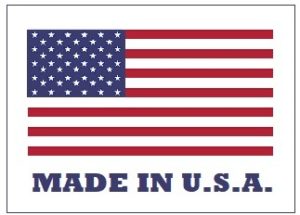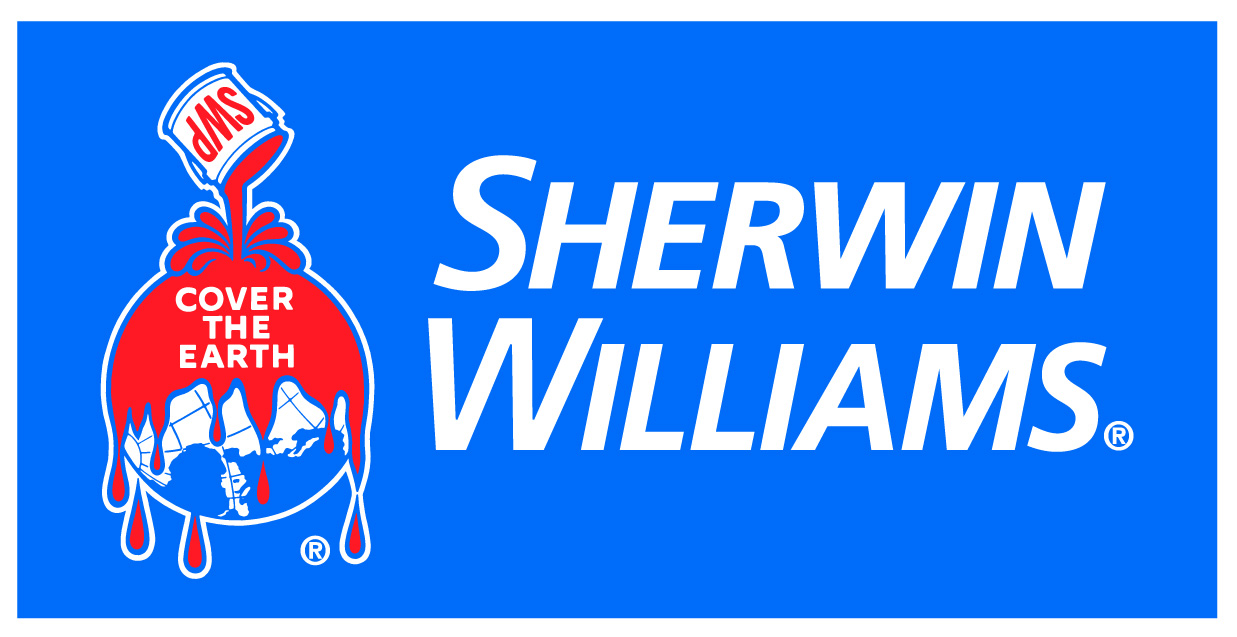Deck Railing Material Comparisons
There are quite a bit of choices when it comes to complementing your deck with an attractive railing.
The following types of railing classes have their disadvantages as much as the below Companies try to sell their products in a positive way. This report will give you an education in the various materials and products available on the market today.
And... although we are partial to Fence Quarter’s Deck Railing Inserts, our products will not suit everyone’s need. But we can assure you, when the right situation presents itself you will not find a better wood product on the market. With years of experience, meticulous engineering and the finest American found materials, you have just found a very factual comparison, enjoy:
Wood railings built on site
- First off, you cannot replicate wood with some material other than wood, even if wood is mixed into a composite product. Wood is still the best wood looking wood on the market.
- It is not always necessary to match your deck product with your railing product. In fact, there is a growing trend to use a composite deck product and have fabricated on site a wood railing system to bring the warmth into the space.
- 99.9% + wood deck railings are built on-site
- Wood deck railings make up between 60% - 70% of the deck railings material types on the market today
The bad news about on-site wood Deck Railing projects is multi-facetted:
- With so many balusters to install, the contractor can usually be rushed to finish the job to get paid and to move on to the next project. This is a mundane process that contractors do not look forward to.
- The materials chosen are usually a box store lumber, such as the ready-off the shelf Western Red Cedar (WRC). These Box store balusters have knots, knots of all shapes and sizes, which if you are not familiar with the PKR (Price Knot Ratio), then we discuss the PKR later in this report. WRC, the most popular lumber does have excellent rot and insect repellent characteristics and is a good choice for exterior deck projects, but you will notice that the edges of the balusters have a rounded edge when you purchase this material. This is because WRC does not hold a nice edge, so the edges are knocked down to avoid splintering.
- Redwood, common in the Western States is also a great exterior softwood material and has the same characteristics that WRC has, including the splintering effect.
- Deck railings made on site or assembled on site are not tested on site by City inspectors nor are any of the other products on the market. Composite, metal, glass and other products engineered for assembly are required to be tested for strength and meet building code requirements before they can claim Code Compliant. See if you can find these claims on any material used.
- You can purchase a very cheap wood railing inclusive of the upper and lower rails and balusters. We encourage you to check them out. You will notice several things:
- There are usually knots in places that reduce the integrity
- There is usually damaged or split lumber in these products
- Some of these products have cavities that can increase rot
- The lumber can be several types of wood species, like Cedar or a Pressure Treated Hemlock. I can tell you from experience that Pressure Treated lumber has its own inherent problems and will eventually rot, contrary to popular belief, but does yield pest and rot resistant quality using chemicals
- The rails and hardware to attach the balusters to the rails are usually meager at best
- There are typically no stair railings to match, however some products are designed to swivel so you can use the same product for the deck and stair sections. However, you can just see the poor quality once you physically see them. These swivel stair conversion products usually have a cavity in the rails which can promote rot.
- There are no pre-manufactured wood railings that are of mid to high-end quality, and there are not any wood Infill only products on the market today, no matter what material types you see, except from a Company called Fence Quarter.
- There are no removable infills on the market across the board
The good news about Wood Deck Railings
- There are some fantastic carpenters around the Country that can find the right lumber and hardware and are skilled enough to build you anything you desire. The design capabilities are endless. There is obviously a nice price tag that compliments the quality you choose.
- They are warm in appearance and you can immediately tell that they are wood
- Your creativity in design with the posts, post tops, main rails and infill portion is endless
Below is a realistic comparison of various types of other material products used for deck railings that the industry won’t tell you.
Composite Railings
Composite railings are made in various ways with various materials. Various companies try to mimic wood and you will see they claim their products have a wood appearance. They will also mix wood into their product, and most are recycled plastics. The nature of a composite product is generally porous and will collect mold, moss and mildew spoors, hence they do need to be cleaned periodically. Some composite products become very hot to the touch. The composite material itself is very flexible, compared to wood and metal, hence on the longer railing sections these companies provide one or two supports to install underneath the bottom rail to prevent the railing from sagging. None of these companies discuss these as it is a negative for their products. I personally think these support measures do not look good. Over time, some product colors tend to fade, typically the darker products, and although the warranty will typically say Limited 25 Years, they are quite restrictive. Trex has had several class action lawsuits in the past, of which you can Google. They have learned to rewrite their warranty to make it sound great, but consumers should be aware by reading what the warranty covers. Balusters may tend to be loose when assembled. The designs are limited to vertical balusters. One last point, these products need to be assembled on site and when you receive some of the products in boxes, there is a fair amount of machining dust, etc.
Aluminum Railings
Aluminum is one of the higher heat retaining metals available and can get hot to the touch in warm climates. Aluminum railings come pre-finished and in order to put a finish on the aluminum it is typically a powder coating process. Depending on your environment, mainly near saltwater, the aluminum will start to pit under the paint and the paint will begin to flake off. This takes around 8 – 10 years from my experience and the refinishing can become expensive and difficult to achieve. Aluminum railings do give off a cheaper look and you can typically tell that the railing is aluminum. Over time the paint can start to chalk which can be scrubbed down to renew the finish, but it will remove layers of paint over time.
Vinyl Railings
Vinyl is a type of plastic, quite flexible and can come in many colors. You can tell that a fence or deck railing is vinyl as it always has a distinctive look. Like composite railings, you will typically find the manufacture includes a railing stabilizer to support the railing section from sagging, and again, they do not dwell on this unsightly fact. Vinyl is susceptible to staining especially when sulfites or Sulfur touches it. You will usually find Sulfur from wells, and if you irrigate your yard from a well, be sure not to let the sprinklers hit a vinyl product as cleaning them is quite difficult. The residue is a brownish color that will stain the vinyl. Vinyl is easy to keep clean and usually has UV protection, however over time darker colors may fade.
Glass Railings
Glass can give you an upgraded and elegant look for your home and offers the advantage of seeing through a railing system and it is also used to reflect city noises from cars to keep your environment quitter. Glass requires a very sturdy frame system and I have seen it used in various applications, from wood frames to engineered frames with different thicknesses. You can’t use any glass, it should be a safety glass, much like your car windshield which has a plastic film sandwiched between it. This will allow it to crack but stay intact. Glass companies love to sell you a glass railing system, however, with the upper end look, you typically have an upper end price. There is also much more maintenance than any of the other choices on the market as glass will get dirty fast, so cleaning the panels is a chore, and becomes more complicated when you need to clean the outside of them, risking a fall factor. It is highly recommended to purchase a solid channel system, stainless steel that will house and seal the glass in place, as this will prevent materials from falling apart.
Cable Railings
Cable, usually a stainless-steel cable comes with tensioning hardware and a system with posts you thread the cable through. I have experienced systems like this and wood post systems with the cable. It is a clean and unique look and requires the right home style to accommodate this railing system. The disadvantage is the cables run horizontal and some city codes do not allow a system of which a child could climb and possibly hurt themselves. The costs can add up quickly and installation is simple in concept but can be challenging.
PKR (Price Knot Ratio)
PKR is a Safety Measurement for wood balusters: PKR or Price Knot Ratio is a visual measurement of a knot and a method to help provide a reference point to determine the strength of a baluster on a wood deck railing. For example, take a wood baluster and look for a knot. If you were to visualize cutting through the baluster at the largest point of the knot, the Knot should not take up more than 25% of the crosscut surface area. The greater the percentage the knot takes up, the weaker the baluster at that point in the baluster.
Characteristics that all these above types of products have
- All are permanently affixed to the deck. In other words, to maintain them, you are either reaching over the railing or depending on the height, you may have to get in a ladder to clean, paint or repair.
- All railings need maintenance whether it is cleaning off moss or repainting, it is inevitable
- All railings are the most visible part of your deck. Whether you are standing or sitting, you will be seeing your railing first as it is always in your line of site, much more than looking down at your deck surface, hence this is why attributing more funds to your railing is critical for a more long term visual and pleasant affect.
- All the above Deck Railing types are purchased in kits or require some assembly, and many of them require purchasing many pieces just to make it work. This makes it more difficult to determine the bottom-line cost and is a marketing method to make them appear more economical. Don’t forget to add in the assembly costs.
- All these products, except for glass and cable are vertical and give you no options for both vertical and horizontal patterns, which can make a big difference in your decision making, if you had a choice.
- Many of these products allow for balusters to move up and down and perhaps twist
Well, finally Fence Quarter gives you a whole new option
Fence Quarter’s Wood Railing Inserts
Imagine…
- a Deck Railing that makes it easier and safer to maintain than any other product on the market. Imagine a deck railing that is actually wood, made with premium lumber that will last longer than any other wood on the market today
- A deck railing where you have a choice on style
- A wood deck railing that has been so well engineered that there is not a single wood product on the market that can compare
- A deck railing where you are in control of your Deck Railing frame. Whether you use your existing posts or start from scratch, you can design a frame that fits your look, and our Deck Railing Inserts Just slip right in
- No Baluster twisting or loose balusters as all of our products are mortise and tenon construction, glued infill connections and securely attached with excellent hardware
Choose from Custom pre-sized or Standard sizing where you cut the ends to fit yourself.
Top it all off with an optional Carbon Fiber Hardware, Fail Not Hardware System, and you now have the crème de la crème of Wood Deck Railings at an affordable price!




